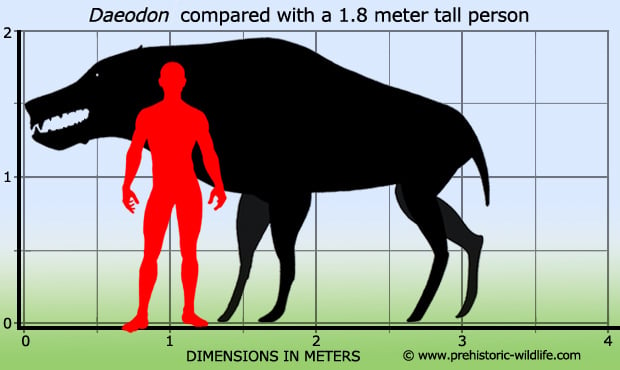The planet Gaea is one of the wonders of the Coreward Reach: It's an exact replica of Old Earth down to the landmasses. It's most obvious difference is the lack of hominids and most of their artifacts. The other changes are less visible but even more profound; The biosphere forms one gigantic mind, and the most independent and intelligent of its constituent programs are the virids.
Appearance and Biology: Virid tribes vary a great deal in height and build: some are small, slight, and elfin, while others are large and brutish. They all resemble each in that their biology shows a blending of plant and animal characteristics. They have skins of various shades green (due to presence of symbiotic cyanobacteria) and foliage-like hair.
All virids have nanites in their systems linking them with Gaea, whom they think of as the Great Mother. Gaea's consciousness (if such a term is relevant for such an alien intellect), is too distributed to interact in a verbal way without great effort, but virid experience dreams and visions that they view as messages from her.
Psychology: Virid are little different from primitive humans--except that they live in an environment that resembles primeval Earth, but is actually a fairly closely maintained garden. They're world isn't without dangers, but their lives are much more free of hurt or want than any other primitive humanoids. This has made them generally a gregarious and pleasure-loving people. This friendliness does not extend to those who seek to harm any of their tribe.
Stats/Abilites: Most virids have ability scores in the same range as humans, though larger or smaller tribes will vary. Their symbiotic organisms supplement their metabolism and faster healing when they are under visible light sources with spectra similar to their native yellow sun. Every day spent in direct sunlight allows them to heal 1 additional hit point, and every day resting in direct sunlight allows a virid to recovery 2 additional hit points. They also lose System Strain at a rate of 2 points a day in the sun. Virids get a +1 to Physical Effect saving throws against plant-derived toxins.
Mysteries: It seems clear that Gaea and the virids were engineered (or at least modified), but what ancient power was responsible, and to what purpose? Why is Gaea intelligent and what does she want?
























